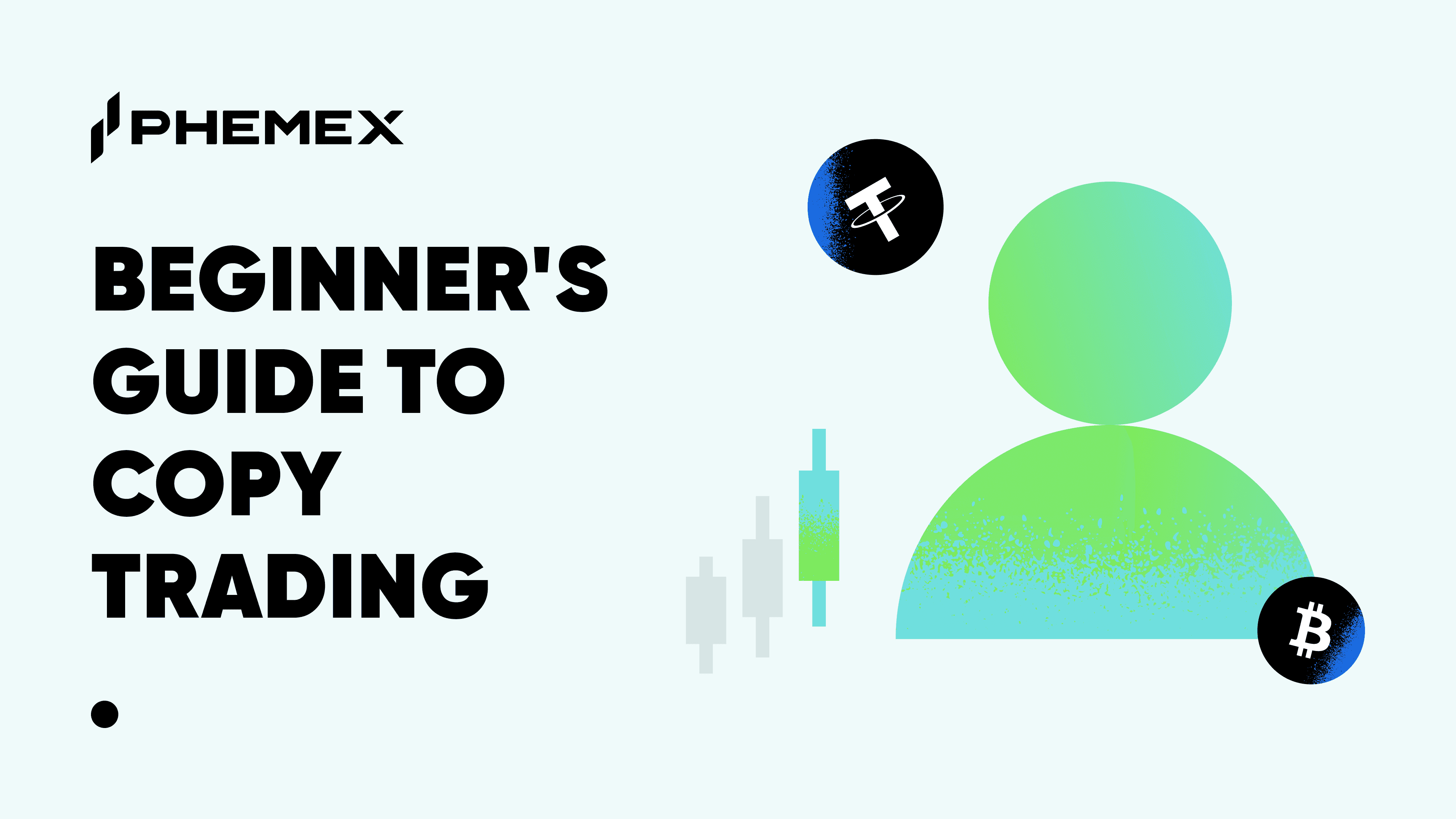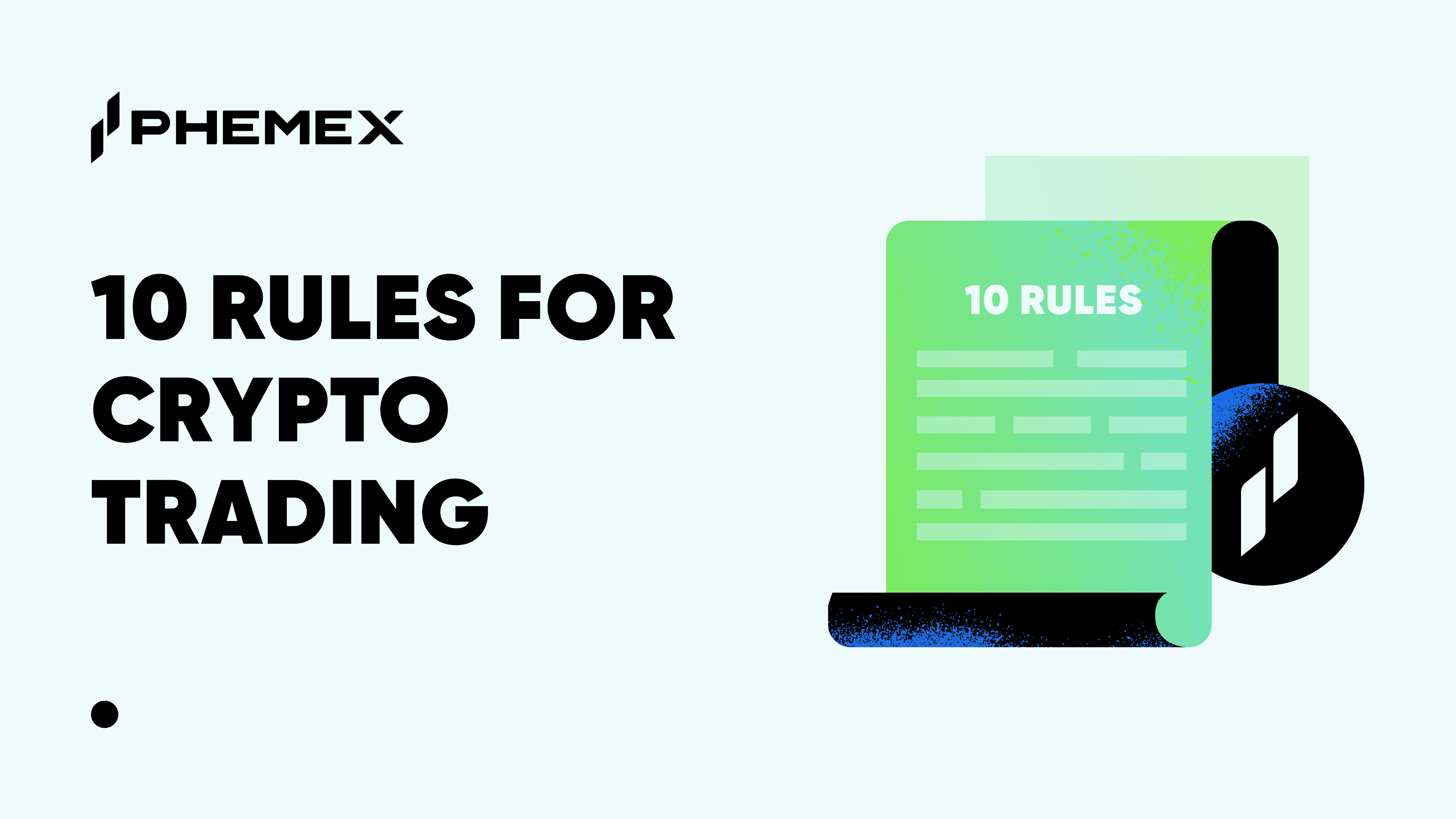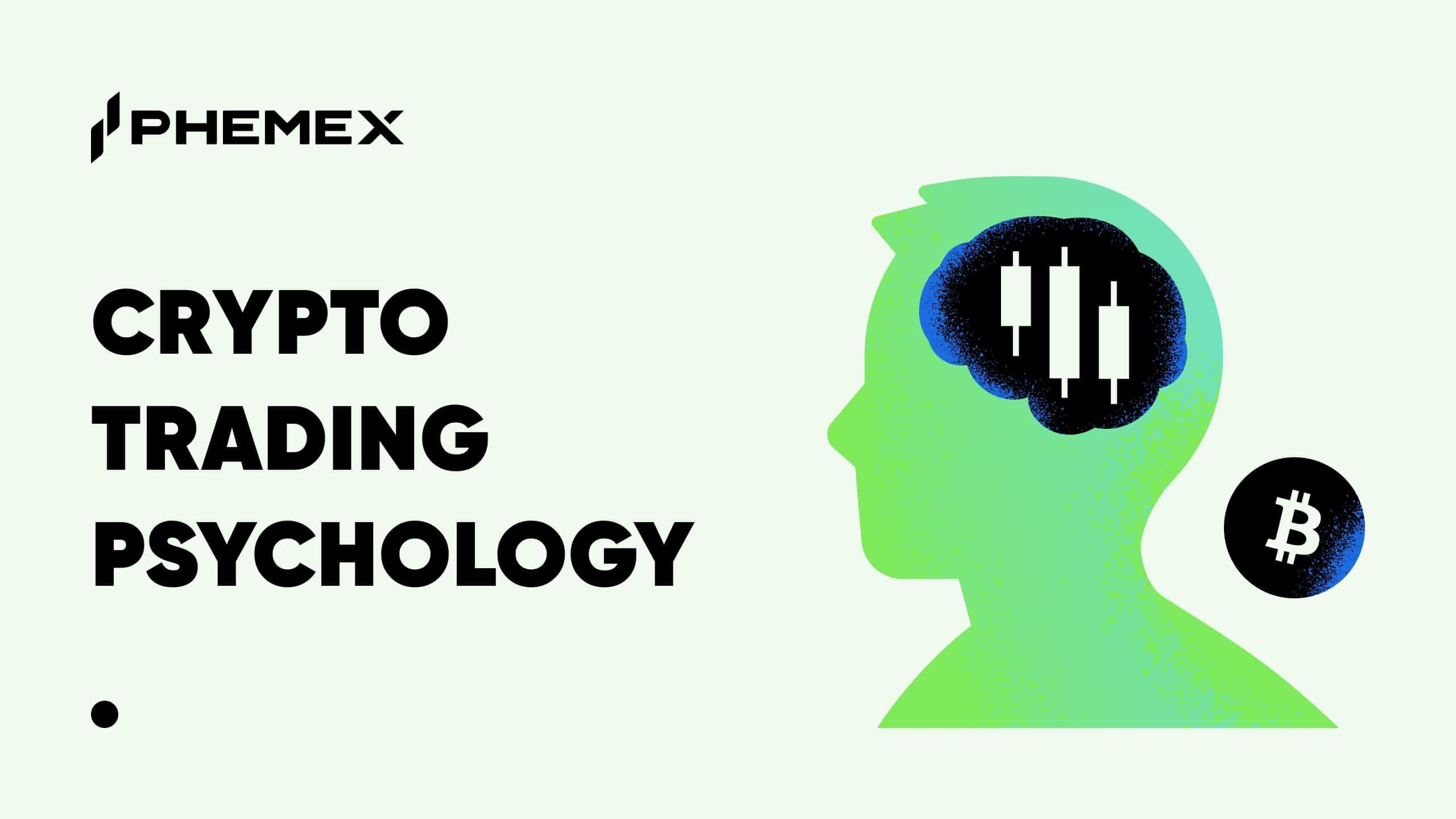Moneyness in crypto trading is the current value of Bitcoin (BTC) or another crypto in relation to the strike price of the option, which can be a long or short position. These positions are referred to as “calls” and “puts” in derivatives trading.

If Bitcoin is trading at $50,000 and a trader expects it to reach $100,000, they can purchase call option contracts. The difference between the current market value and the future market value at their chosen strike price is the moneyness of the position.
The total amount of money being held in Bitcoin options is around $15B. Crypto options give traders the ability to purchase or sell (although they’re not obligated) their crypto holdings at a specific price in the future. This price is known as the strike price.
As all options have an expiration date, traders can choose the type of options that they can cash out at expiry or prior to expiry. If the trader guesses the future price of Bitcoin and it hits their strike price, they can purchase Bitcoin at a lower rate than the market price.
Depending on how much leverage they used, their call/put could be worth marginally more than their initial investment. If their price forecast was wrong though, they lose their initial investment.

What Is the Moneyness Formula?
The moneyness formula for crypto trading is:
M(S, K, τ, r, σ)
- M stands for moneyness.
- S stands for the spot price of the underlying asset.
- K stands for strike price.
- τ stands for the option expiration date.
- r stands for the risk-free rate (often, the whole initial).
- σ stands for volatility.
Moneyness is automatically calculated by exchanges and traders don’t have to rely on formulas to place trades.
To illustrate profit potential in practical terms:
| Crypto Asset: | Option Type: | Strike Price: | Market Price: | Profit Potential: |
| Bitcoin (BTC) | Call (long position) | $55,000 | $50,000 | $50,000 – $50,000 = $5,000+ |
| Bitcoin (BTC) | Put (short position) | $45,000 | $50,000 | $50,000 – $45,000 = $5,000+ |
| Ethereum (ETH) | Call (long position) | $4,500 | $4,000 | $4,500 – $4,000 = $500+ |
| Ethereum (ETH) | Put (short position) | $3,500 | $4,000 | $4,000 – $3,500 = $500+ |
Let’s say the first call option on Bitcoin materialized and the price hit a $55,000 strike. The trader can now exercise the option and purchase Bitcoin at their original market price, netting instant profit. They can also sell the option to people who plan to hold it longer at a premium.
What Options Exist in Crypto?
Crypto markets have identical options to stock markets. As crypto derivatives are still in the early stages of development, the derivatives market is slightly smaller.
There are two popular options in crypto trading: Calls and puts.
- Calls: Traders have the right to buy an asset like Bitcoin at a lower price than the market price if they hit their strike price target before the option expires.
- Puts: Traders have the right to sell their crypto assets at a higher price should they meet their short target.
These positions can be In-The-Money (ITM), Out-Of-The-Money (OTM), or At-The-Money (ATM). An option can change from ITM to OTM and ATM depending on the price of the asset and the call/put type.
In-the-money options are not affected by time value. They only occur when the strike price for a call is higher than the market price or when a put price is lower than the market price.
What are different styles of Options Trading in Crypto?
In regards to style, there are three popular models for options trading in crypto:
- American-style options: The contract can be exercised before it expires.
- European-style options: The contract can be exercised after it expires.
- Bermuda-style options: Option traders choose a set of dates where they can exercise their options, including after the expiry. These are ideal if a trader can predict certain events will be occurring on certain dates.
European-style options traders can also trade their options before their expiration date. If a trader chooses, they can list their options for sale and get them bought out before the strike price.
What Is Intrinsic and Time Value?
To understand how exchanges price premiums for call/put options, there are two core components to every option: time value and intrinsic value.
Time value is why options have very high fees and there is a lot less exercising of options (i.e. buying BTC past strike price) and more selling contracts and closing out. Traders get higher margins when they sell their call options instead of taking delivery of the crypto past the strike price.
To determine the time value of a crypto contract, an exchange uses the intrinsic value of the option. Intrinsic value is derived by subtracting the current market price of Bitcoin (or other crypto) from the strike price.
This is the amount of profit a trader would book if their prediction was right. If Bitcoin is trading at $50,000 and Bob places a call with a strike price of $60,000, their intrinsic value is $10,000.
The time value is calculated when the intrinsic value (in this case $10,000) is subtracted from the option premium. Market makers are free to set their own premiums for all derivative trades and this will differ based on the platform.

What Is In-The-Money (ITM)?
If the price of Bitcoin is higher than the strike price the trader chose, the option is considered in-the-money. This allows traders to purchase or sell an asset at a certain price in the future, leaving them with a profit on the difference.
A call option on Bitcoin at $50,000 would be considered ITM if the trader purchased the calls at $40,000 and had a strike price of $45,000. The difference between the strike price and current market prices (in this case $5,000) is the option premium that a trader has to pay. The trader would pocket $5,000 or more.
The trader’s profit could vary based on the expense to purchase the contract and any commission the exchange could take. If an option is ITM it does not mean that the trader has made a profit. In most cases, traders get to keep the difference between the market price and the strike price.
ITM options have higher premiums than OTM options and they are considered “safer” if a trader was about to purchase someone else’s options.
What Is Out-Of-The-Money (OTM)?
Out-of-the-money (OTM) position calls are when the strike price is higher than the market price of Bitcoin. In the case of OTM puts, the strike price is lower than the current market price.
If an option is out-of-the-money, it does not mean that a trader can’t still make money on that option. Traders can make significant profits by purchasing OTM options that are far from their strike prices, and then waiting until they move towards an ITM position.
The profit from buying non-profitable OTM calls/puts could exceed what the trader initially paid for by a significant margin when the OTM option suddenly becomes ITM.
OTM options do not have intrinsic value and their premiums tend to be a lot cheaper than for ITM and ATM options.
What Is At-The-Money (ATM)?
An at-the-money (ATM) option means that the market price of Bitcoin or other crypto is even to the strike price. In this case, both call and put options would be considered ATM. If an option is ATM, it does not have any intrinsic value (it is set at zero), which means that if the trader exercised their right to the option they would not make a profit or a loss.
What Are Option Premiums?
Traders are charged service fees known as “option premiums”. Crypto exchanges take premiums for their option sells, similar to how an insurance company might take premiums from clients for months at a time and then pay them off if they get in a car accident or pass away.
The premium price varies based on the time of the purchase and the market price deviation. If the option expires in the near future, the trader will pay higher premiums because the price is easier to predict. If the strike price deviates a lot from the current price, this can also affect the premium rate.
Exchanges set their own interest rates for the options. These will have to be paid when the trader cashes out of their position. If a trader sells their options to the next trader, they will have to pay the exchange’s own interest rate upon cash out.
Do All Crypto Options Expire?
All Bitcoin and other crypto options expire at a specified date. The trader has to decide what to do with their options before the expiry date because they could expire worthless. Holding an option is NOT the same as holding crypto and the option only has value until a certain specified date.
Call options have zero value at the date of expiry if the market price on that date is lower than the strike price the trader chose. Likewise, put options won’t have any value if the market value is higher than the strike price the trader chose.
Unprofitable options that are not ITM will expire worthless. A trader could only lose their initial investment trading options without collateral. For example, if they purchase an option with a premium of $500, they only stand to lose $500 should their position be unprofitable.
Can You Trade Options on Phemex?
At the moment, traders can’t trade options on Phemex. However, they can trade derivatives such as Bitcoin futures with up to 100x leverage. Phemex is one of the world’s 15 largest derivatives trading exchanges and has minimal entry requirements for margin trading. All users have to do is deposit crypto such as BTC or ETH before they can start trading. Most trading pairs on the exchange support futures trading.

Conclusion
Crypto options allow traders to bet on the future price of Bitcoin or other cryptos by selecting a strike price within a certain date range and being profitable for every move above or below that strike price.
Moneyness highlights the difference between Bitcoin’s current market price and the strike price on the derivative of chose, most commonly a call (long) or put (short) option within a specified timeframe.
For example, if the market price is $50,000 and the strike price is $52,000, the trader is effectively in profit for every dollar above $52,000 on a call option. ITM options can be exercised at the expiry date while OTM and ATM options can’t.
The main advantage of options trading over futures is that the trader only risks their initial and not the collateral. In futures trading, because the leverage is higher, traders have to put up collateral. In options trading, they can put up a small initial investment.
If a trader makes a profit, they can sell the option (most common), exercise the option, or let it expire. Most options are sold because the profit of selling options exceeds the profit of exercising them. If a trader makes a loss, their option will expire worthless and they will lose their initial investment.
Read More
- What are Crypto Options & How do They Work?
- Call vs Put Options Explained: What’s The Difference?
- What is Options Pricing: Options Pricing Models Explained
- What is Contract Trading: How to Trade Crypto Derivatives on Phemex
- What are Crypto Derivatives: Most Popular Bitcoin Derivatives Explained
- What are Crypto Derivatives & How do they Work?
- How To Trade Crypto: The Ultimate Investing Guide
- Why Does Bitcoin Have Value?









